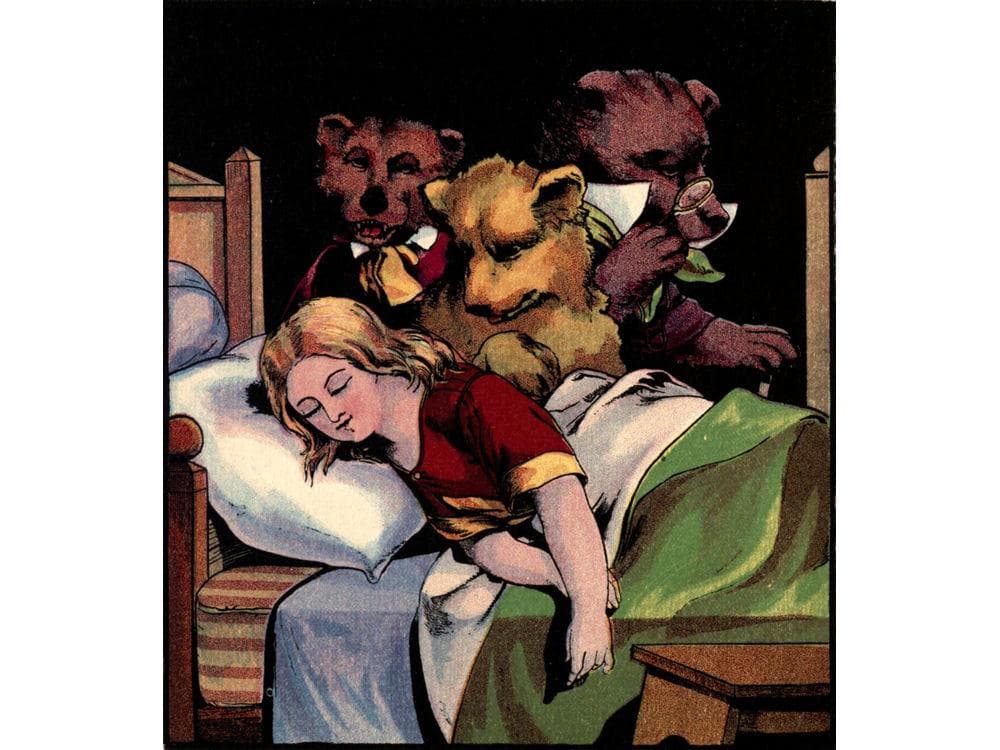Discussions of climate and climate change frequently call to mind several children’s fairy tales and the story of a fairy tale kingdom. This suggests a lack of seriousness in these discussions, though the participants frequently view them as deadly serious.
The first fairy tale that comes to mind is Goldilocks and the Three Bears, in which Goldilocks discovers things in the bears’ dwelling which are “just right”. In climate science, there is discussion of the Goldilocks Principle, which holds that “something must fall within certain margins, as opposed to reaching extremes.” Some discussions regarding climate revolve around the idea that the earth’s climate experienced a Goldilocks period during which “everything was just right”. This period is generally thought to have been after the end of the Little Ice Age and before human activities began to affect the climate. Of course, the earth has numerous regional climates, and it is not likely that all those regional climates were “just right” from the perception of those living in them.
This brings us to a discussion of the fairy tale kingdom of Camelot where, according to the Lerner and Lowe song, “The climate must be perfect all the year”. Some climate discussions advance the position that earth’s climate was “perfect” during some Goldilocks period and that climate should not change from those “perfect” conditions. Some hold that the climate was unchanging for some long period of time (the shaft of a hockey stick) and then began to change rapidly and undesirably (the blade of the hockey stick) as the result of human activities. They hold that the climate should be unchanging and should be returned to the conditions of the Goldilocks period. Those holding that position might be referred to as “climate change defialists’, of simply “climate defialists”.
Climate alarmists appear to have forgotten the lessons of two cautionary fairy tales, Chicken Little and The Boy Who Cried Wolf. Chicken Little was intended to show “the evils of mass hysteria”. Alarmists have resorted to expressions such as “earth on fire” and “the oceans are boiling” and predictions of mass migration of climate change refugees as the result of rising sea levels and near-surface temperatures in an attempt to incite public concern and pressure to stop climate change. While they have succeeded in creating hysterical reactions in some groups, they have been largely unsuccessful in inciting mass hysteria in the general population.
The Boy Who Cried Wolf, on the other hand, warned of the loss of credibility after numerous false claims of danger when the real danger arose. Climate alarmists have made numerous claims of danger from worsening adverse weather events, such as tropical cyclones, heat waves, drought, floods, sea level rise and ocean “acidification”. These claims are frequently not taken seriously because the weather and climate data do not support them and these weather events are not new phenomena.
The final fairy tale which comes to mind is The Emperor’s New Clothes, the story of two swindlers who approach the emperor and “offer to supply him with magnificent clothes that are invisible to those who are stupid or incompetent”. This fairy tale evinces thoughts of magnificent new energy technologies which are reliable and cheap, but cannot be appreciated by those who are “stupid or incompetent”, such as “climate deniers”.
